Museums and Art in Chile, a country stretching along the western edge of South America, is a land of geographical diversity and cultural richness. From the Andes Mountains to the Pacific Ocean, Chile’s landscapes are mirrored in the diversity of its artistic expressions. In this extensive exploration, we will embark on a journey through the most notable museums, each a guardian of Chile’s cultural treasures, and delve into the lives and works of the masterful artists who have left an indelible mark on the nation’s artistic narrative.
Museo Nacional de Bellas Artes (MNBA), Santiago
Chilean Masterpieces – Museo Nacional de Bellas Artes
URL: MNBA Santiago
Refined Elegance: The Collection at MNBA
Icons of Chilean Art
Museo Nacional de Bellas Artes in Santiago, commonly known as MNBA, stands as a bastion of Chilean art. The museum’s collection encompasses a wide array of artistic styles, from colonial portraiture to contemporary installations. Among the icons of Chilean art featured is the work of Roberto Matta, a surrealist painter whose impactful pieces, such as “La Messe Bleue,” delve into the depths of the subconscious.
The Streets in Art: Nemesio Antúnez
Urban Realism
Nemesio Antúnez, a prominent Chilean artist, finds a place of honor at MNBA. His works, often depicting urban scenes with meticulous detail, contribute to the museum’s exploration of Chilean identity and the evolving nature of the country’s urban landscape.
Museo de la Memoria y los Derechos Humanos, Santiago
Art as Witness – Museo de la Memoria y los Derechos Humanos
URL: Museo Memoria
The Power of Remembrance: A Museum with a Mission
Human Rights Through Art
Museo de la Memoria y los Derechos Humanos, dedicated to preserving the memory of human rights violations during Chile’s dictatorship, employs art as a powerful medium of remembrance. The museum hosts various visual and multimedia exhibits that bear witness to the struggles of the past. Notable artists featured include Guillermo Núñez, whose haunting installations contribute to the museum’s mission of promoting reflection and awareness.
Cultural Resilience: The Role of Visual Arts
Resistance Through Creativity
The museum also highlights the role of visual arts in resisting oppression. Works by artists like Gonzalo Díaz, who used his art to express opposition to the dictatorship, are integral to the narrative of cultural resilience and the transformative power of creativity in the face of adversity.
Museo de Arte Contemporáneo (MAC), Santiago
Contemporary Dialogues – Museo de Arte Contemporáneo
URL: MAC Santiago
MAC’s Commitment to the Contemporary
Shaping Chile’s Artistic Discourse
Museo de Arte Contemporáneo, part of the University of Chile, plays a vital role in shaping Chile’s artistic discourse. The museum’s collection spans a broad spectrum of contemporary art, showcasing the works of Chilean artists who are pushing the boundaries of traditional mediums. Ana María Tijoux, a multidisciplinary artist known for her exploration of identity and social issues, is featured prominently in MAC’s collection.
Collaborative Platforms: The Role of MAC
Fostering Artistic Collaborations
MAC actively fosters collaborations between artists, scholars, and the public. Through exhibitions, workshops, and residencies, the museum becomes a dynamic platform that nurtures creativity and encourages dialogues on the evolving nature of Chilean contemporary art.
Museo Chileno de Arte Precolombino, Santiago
Ancient Narratives – Museo Chileno de Arte Precolombino
URL: Museo Precolombino
Pre-Columbian Marvels: A Window to Chile’s Indigenous Past
Cultural Heritage Preserved
Museo Chileno de Arte Precolombino, dedicated to the indigenous cultures of Chile and the broader Americas, is a testament to the rich heritage of the region. The museum’s collection includes masterpieces from various pre-Columbian cultures. Notable is the intricate pottery and textiles that showcase the artistic achievements of ancient civilizations. Artists such as Camilo Mori, whose murals often depicted indigenous themes, find resonance in the narratives preserved by the museum.
The Intersection of Art and Archaeology
Archaeological Insights
The museum serves as a bridge between art and archaeology, offering insights into the daily lives, beliefs, and artistic expressions of Chile’s indigenous peoples. Through collaborative projects with contemporary indigenous artists, Museo Chileno de Arte Precolombino ensures that ancient narratives continue to resonate in the present.
Museo de Artes Visuales (MAVI), Santiago
Visual Explorations – Museo de Artes Visuales
URL: MAVI Santiago
MAVI’s Embrace of Visual Arts
A Canvas for Chilean Artists
Museo de Artes Visuales, known as MAVI, is a dynamic space that embraces a wide range of visual arts. The museum showcases the works of contemporary Chilean artists who explore diverse themes and mediums. The collection includes pieces by Roser Bru, a painter known for her abstract compositions that delve into the nuances of color and form.
Interdisciplinary Exhibitions: Expanding Artistic Horizons
Beyond Traditional Boundaries
MAVI goes beyond traditional boundaries by hosting interdisciplinary exhibitions. Artists like Juan Downey, who worked at the intersection of art and technology, find a platform in MAVI to showcase works that challenge conventional artistic norms and engage with the evolving nature of contemporary art.
Museo Nacional de Historia Natural (MNHN), Santiago
Nature’s Canvas – Museo Nacional de Historia Natural
URL: MNHN Santiago
Art in Nature: The MNHN Collection
Botanical and Zoological Illustrations
Museo Nacional de Historia Natural, primarily known for its focus on the natural world, houses a collection that blurs the lines between art and science. The museum features botanical and zoological illustrations by artists such as Claudio Gay, whose detailed depictions of Chilean flora and fauna contribute to a deeper understanding and appreciation of the country’s biodiversity.
Environmental Awareness: The Role of MNHN
Inspiring Conservation through Art
MNHN actively engages in promoting environmental awareness through art. The museum’s exhibits and outreach programs encourage a sense of responsibility towards nature, showcasing the intersection of artistic expression and ecological consciousness.
Museo Violeta Parra, Santiago
A Folklorist’s Legacy – Museo Violeta Parra
URL: Museo Violeta Parra
Violeta Parra: The Voice of Folklore
Visual and Musical Heritage
Museo Violeta Parra pays tribute to one of Chile’s cultural icons, Violeta Parra, a folklorist, singer, and visual artist. The museum preserves Parra’s visual legacy, including her renowned arpilleras, textile works that depict scenes of daily life and social struggles. The museum also serves as a cultural center, celebrating Parra’s contributions to Chilean folklore and the arts.
Folk Art Revival: A Living Tradition
Contemporary Folk Artists
In addition to preserving Violeta Parra’s works, the museum actively supports contemporary folk artists. Exhibitions and events showcase the vibrant tradition of Chilean folk art, ensuring that this cultural heritage continues to evolve and thrive.
Museo de Arte Contemporáneo de Valdivia (MAC Valdivia)
Southern Perspectives – Museo de Arte Contemporáneo Valdivia
URL: MAC Valdivia
Valdivian Artistic Perspectives
Regional Expressions
Museo de Arte Contemporáneo de Valdivia, or MAC Valdivia, provides a platform for regional artistic expressions. The museum’s collection features works by artists from southern Chile, contributing to a nuanced understanding of the diverse cultural landscape of the country. Through exhibitions and community outreach, MAC Valdivia becomes a hub for artistic exploration and dialogue.
Environmental Consciousness: Art and Nature
Nature-Inspired Installations
Given the region’s lush natural surroundings, MAC Valdivia often showcases art that explores the intersection of creativity and environmental consciousness. The museum’s commitment to promoting sustainable practices and awareness aligns with the natural beauty that surrounds it.
Museo de Arte Colonial de San Francisco, Santiago
Colonial Elegance – Museo de Arte Colonial de San Francisco
URL: Museo San Francisco
Baroque Splendors: A Glimpse into the Colonial Era
Religious Art and Architecture
Museo de Arte Colonial de San Francisco invites visitors to step back in time and witness the baroque splendors of the colonial era. The museum, located in the San Francisco Church, features religious art and architectural marvels that capture the essence of colonial elegance. Artists like Alonso de Ovalle, a Jesuit priest known for his maps and writings, played a role in documenting this period.
Cultural Preservation: The Role of Museo San Francisco
Preserving Ecclesiastical Heritage
Beyond its role as a museum, Museo de Arte Colonial de San Francisco actively contributes to the preservation of ecclesiastical heritage. The museum’s restoration efforts ensure that the artistic and architectural treasures of the San Francisco Church remain accessible to present and future generations.
Conclusion
Chile’s artistic odyssey is a kaleidoscopic journey that traverses ancient narratives, contemporary expressions, and the socio-political struggles of its recent history. The museums highlighted in this exploration are not merely repositories of art; they are cultural time capsules that encapsulate the spirit, resilience, and creativity of the Chilean people. The artists celebrated within these museums, from Roberto Matta’s surrealist dreams to Violeta Parra’s folkloric musings, have shaped Chile’s cultural narrative and left an enduring legacy. As we wander through the corridors of Chile’s museums, we embark on a cultural pilgrimage, encountering the echoes of ancient civilizations, the vibrancy of contemporary dialogues, and the poignant reflections on human rights. This journey is a celebration of Chile’s artistic diversity and a testament to the transformative power of creativity in shaping a nation’s identity.


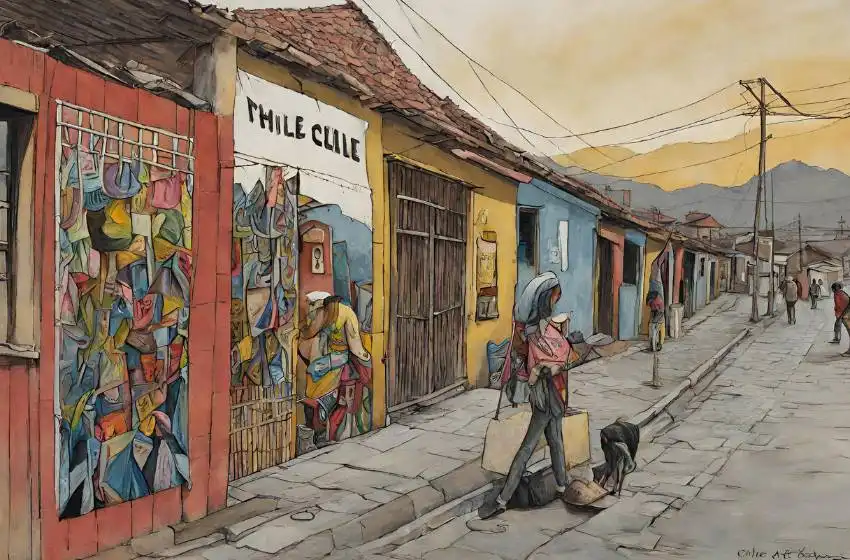
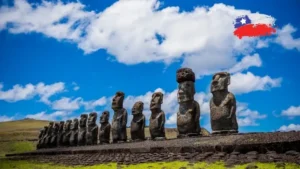

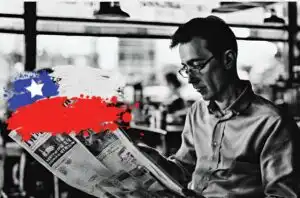


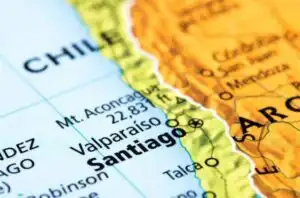

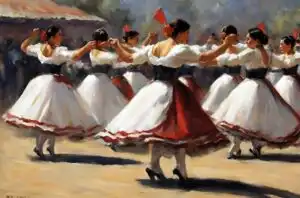
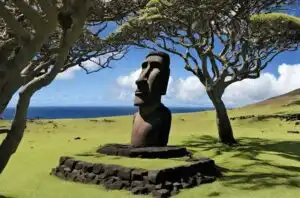
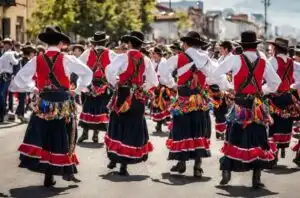





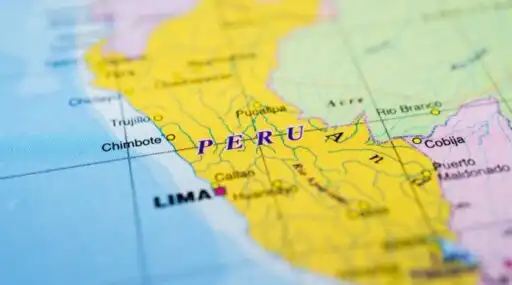




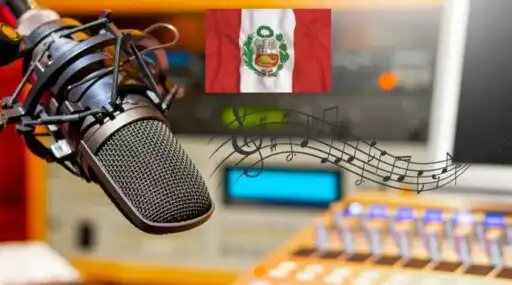

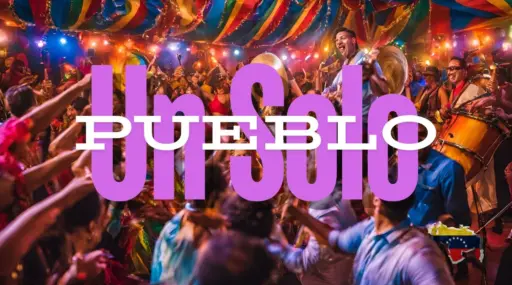


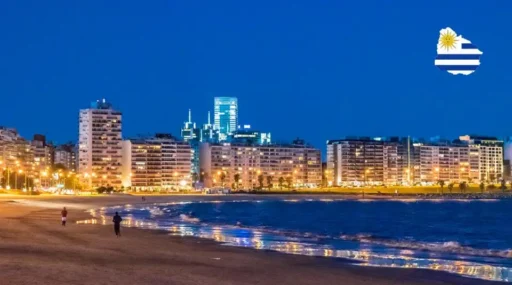


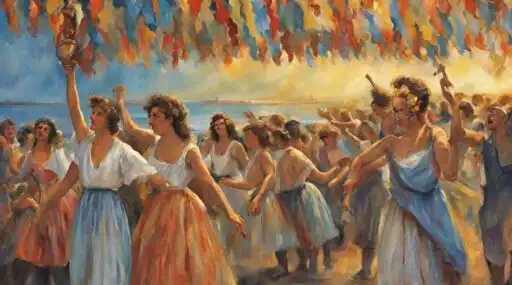

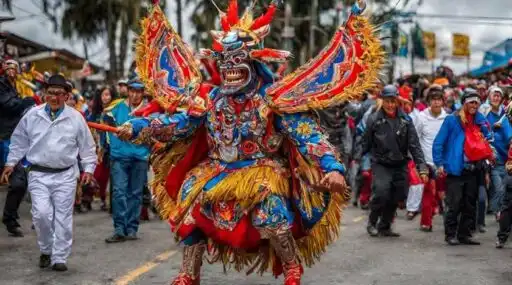
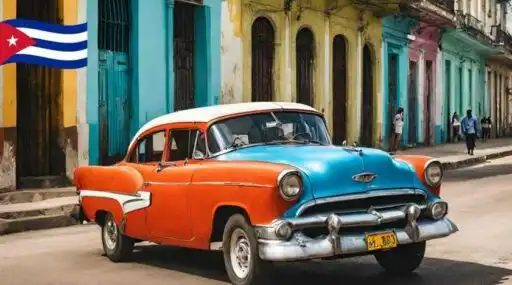

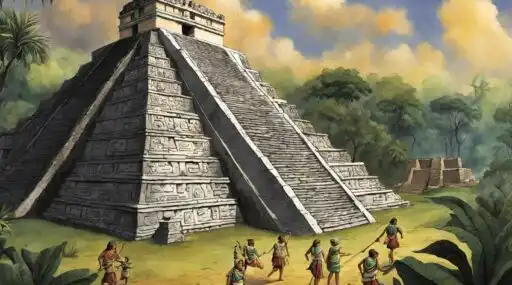
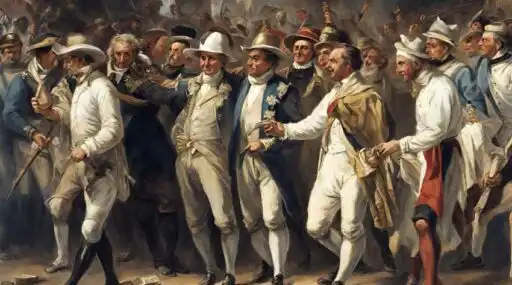





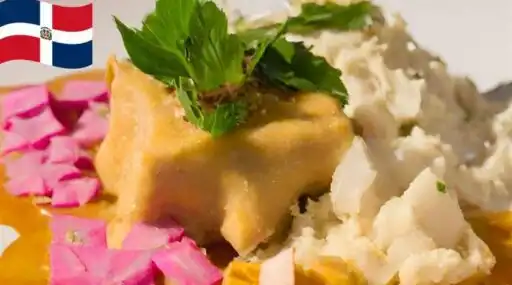



Leave a Reply